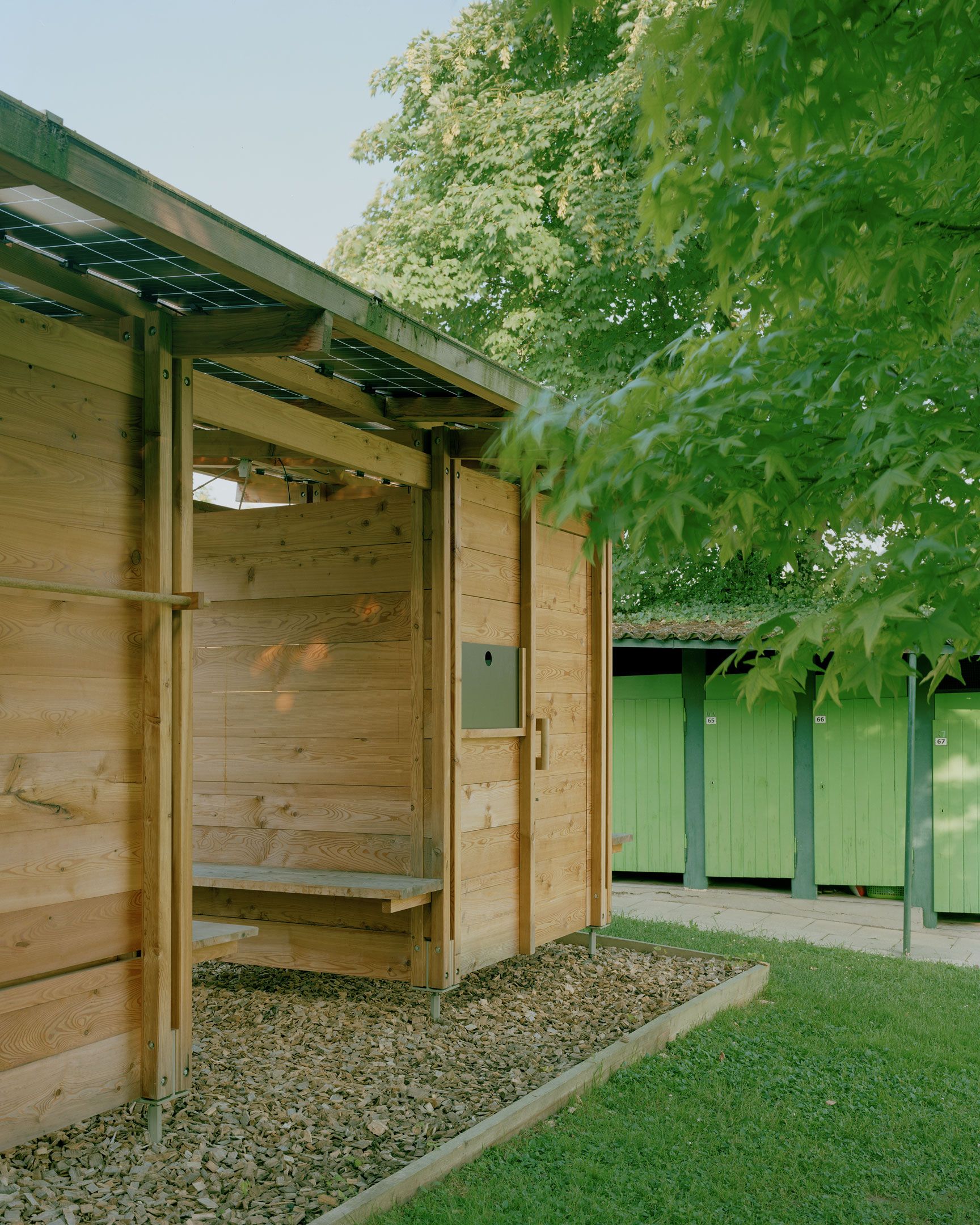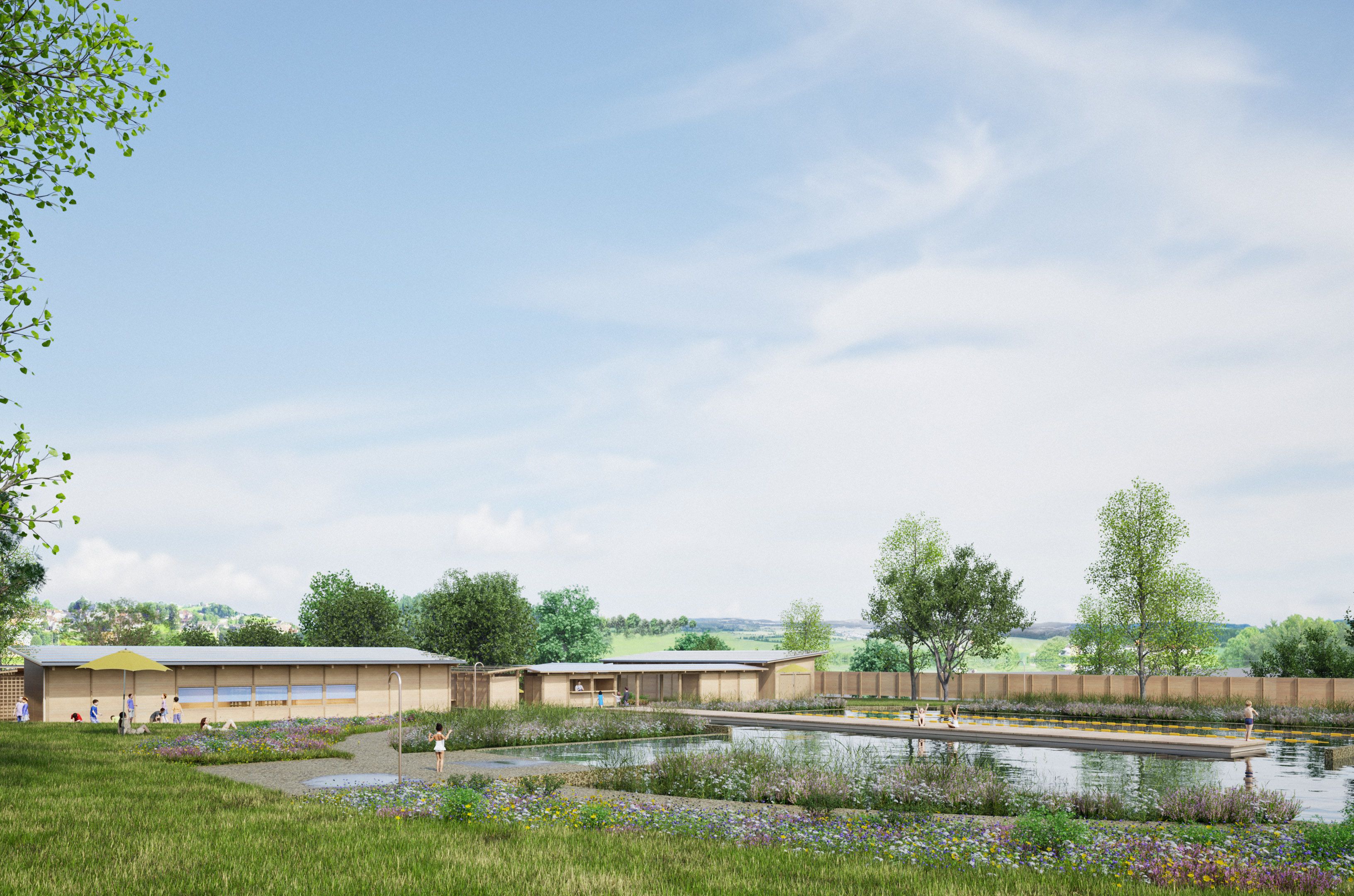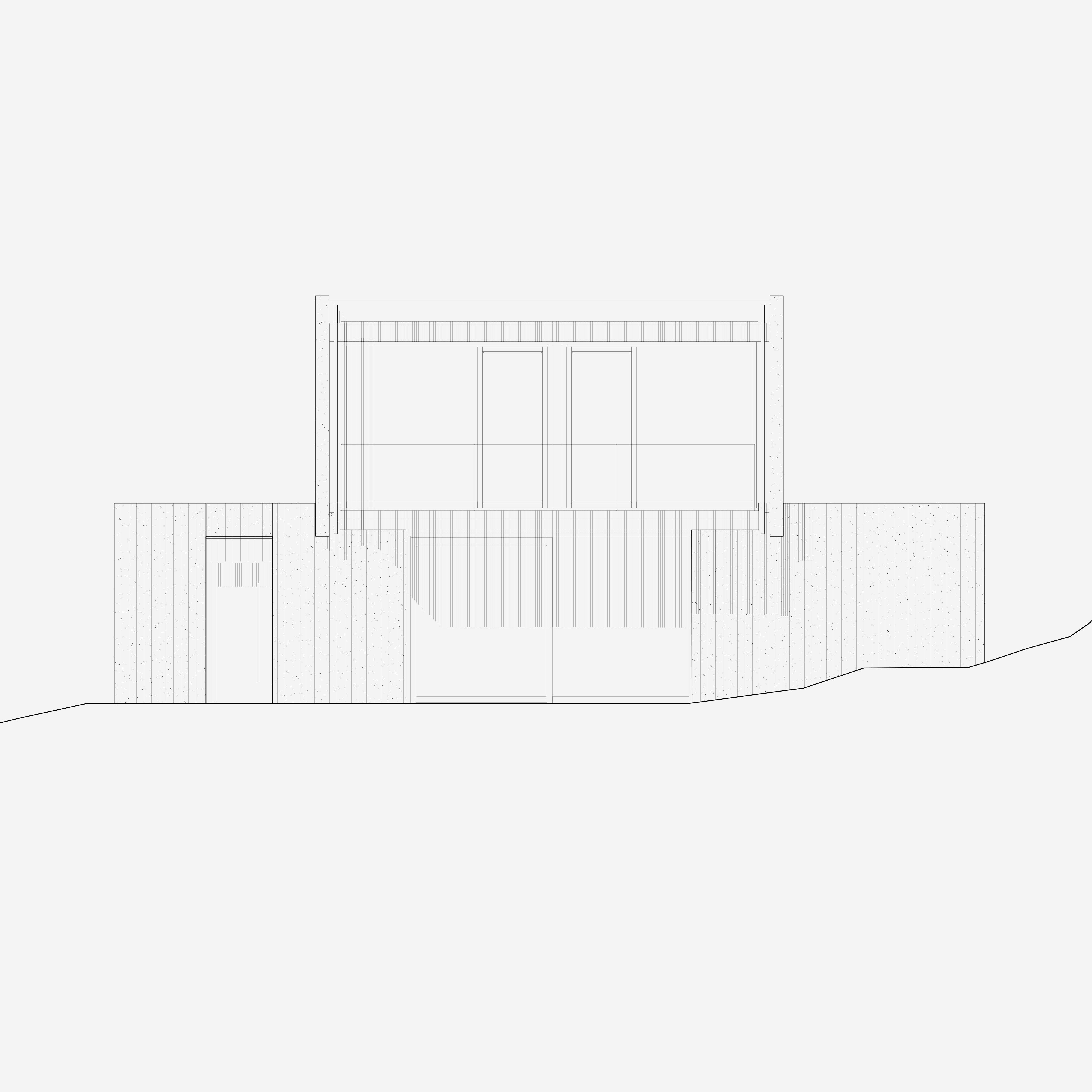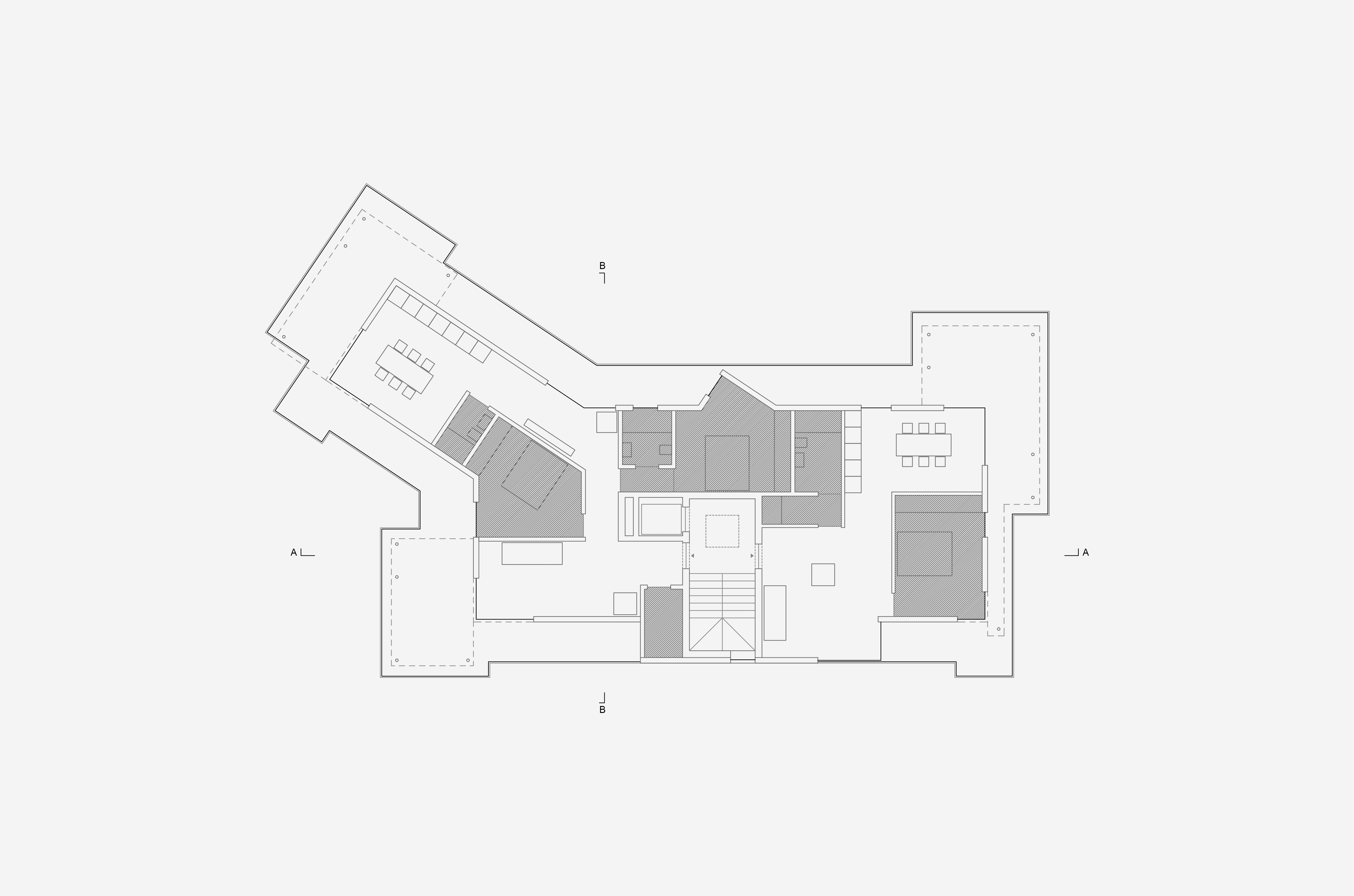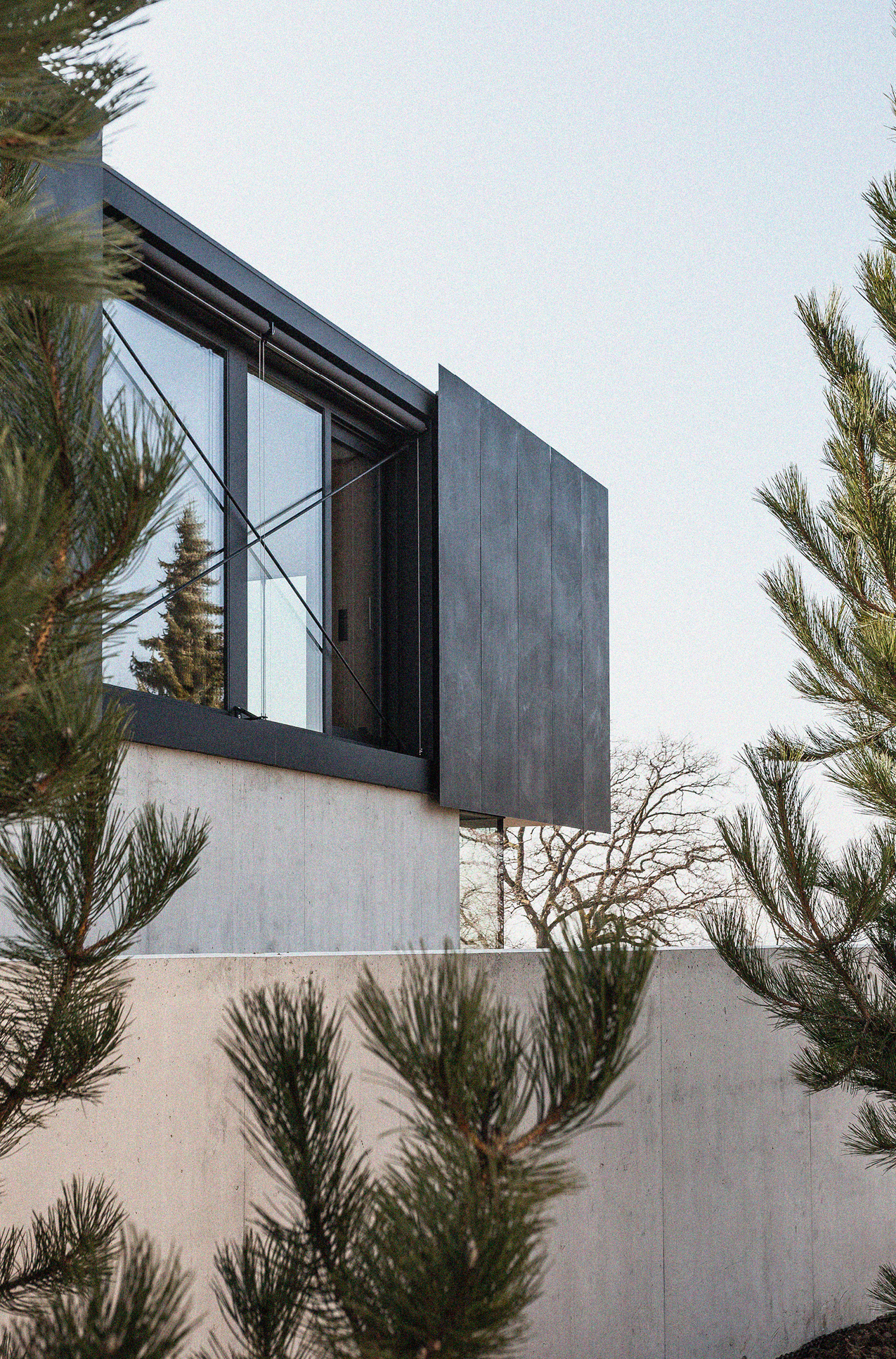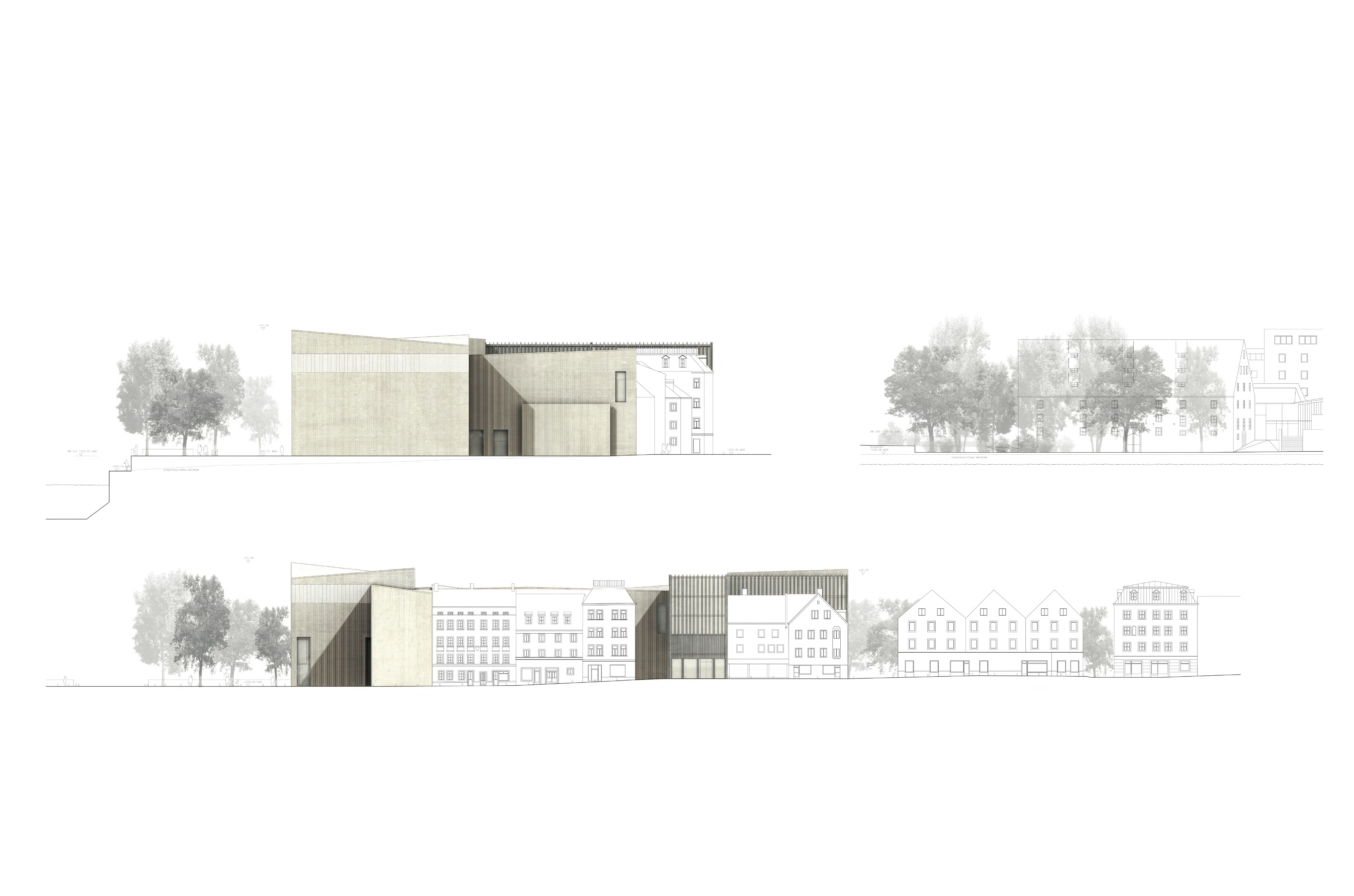Sonnenbad St. Margarethen
- Location: Basel-Binningen, BS/BL
- Program: Public
- Floor Area: 9000m²
- Status: Project
- Team: Patrick Reuter Architecture with Rapp AG, Paul von Crailsheim, Westpol, Andy Schönholzer and Wasserwerkstatt, Claus Schmitt, Team PR-A - Aneta Matuszewska, Luciano Riquelme, Milagros Rodriguez, Riccardo Amarri, Teymour Khoury, Peter Kiliddjian, Images by Barbara Bühler
The new Sonnenbad is a place for recreation and social interaction, and includes a variety of different all-year-round services. Its centerpiece is a natural swimming pool, located in the middle of a vast garden area with a valuable population of trees. The circular pool includes a swimmer and non-swimmer area and a surrounding pond for biological water filtration and treatment. The pool is complemented by open and covered recreation areas, changing rooms, a restaurant and a kiosk, an event hall and a youth center, a sauna with a relaxation zone, and a small maintenance area. The existing buildings date back to the early 20th century and were built at a time when public and group hygiene and health awareness became important. The latter are now at the end of their life cycle, hence replaced and complemented by a modular wooden structure. The linear historical layout and its enclosed outdoor areas are incorporated and further developed. The architecture is reduced to a structure that may serve as the origin for multifaceted and diverse places, moods and associations. The structure can be sometimes stronger or sometimes weaker and should be able to adapt to the needs and the times. This new place is characterized by interplay between framing and permeability, between closeness and expansion, eventually between fragility and resilience.

